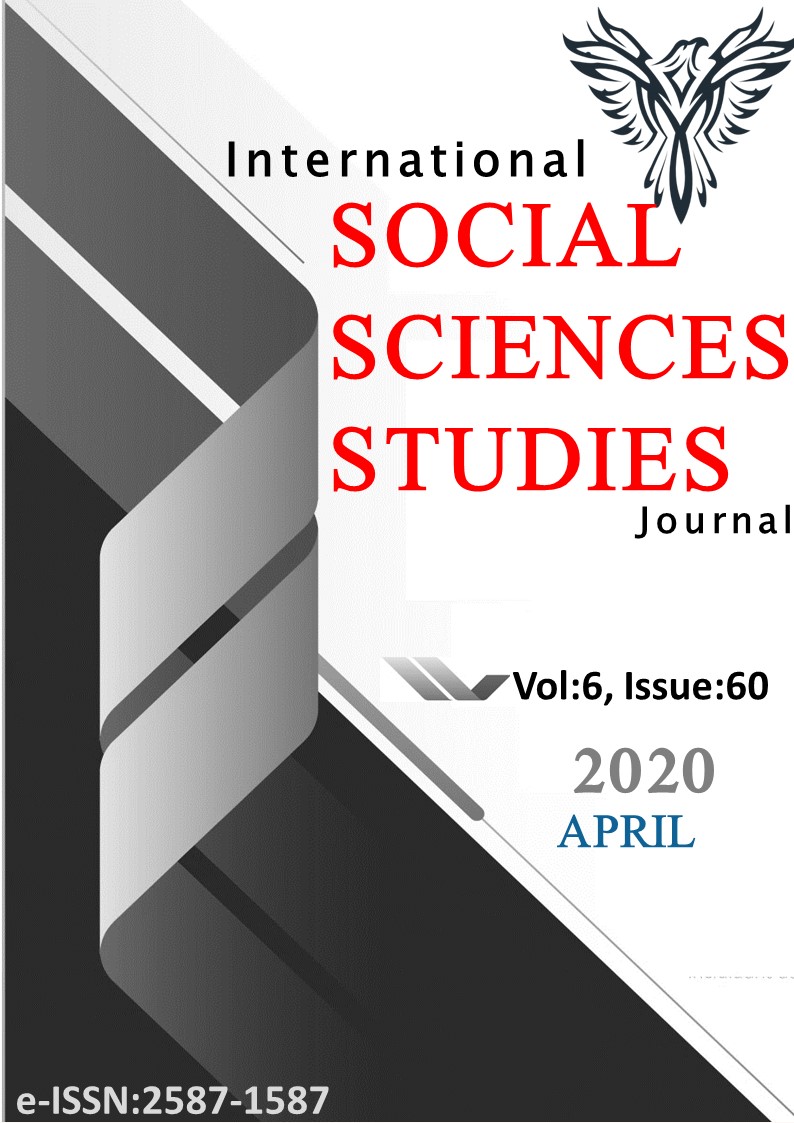Author :
Abstract
Yazının görsel bir ifadesi olarak tipografi, bilgilendirme grafiklerinden, eğitim materyallerine, ambalaj tasarımlarından duvar grafiklerine kadar birçok yüzeyde iletişimi sağlamada önemli bir yere sahiptir. Deneysel ya da iletişime yönelik olsun tipografinin, iki boyutlu yüzeylerde kendine yer bulduğu gibi üç boyutlu bir yapı ya da yansıma şeklinde estetik ve işlevsel bir form olarak yer aldığı platformlardan birisi de kamusal alanlar olmuştur. Kamusal alan kavramı, 1960’larda Avrupa’da, 1990’lı yıllarda ise Türkiye’de ele alınmaya başlanmıştır. Özellikle 1980 sonrası tipografi üzerine daha özgür uygulamaların yapılmaya başlanması, kamusal alanlarda tipografinin halk ile tanışması ve iletişime geçmesini de beraberinde getirmiştir. Böylelikle tipografi, belirli bir mesajı iletmek veya estetik değerler taşıyan bir sanat nesnesi oluşturmak isteyen tasarımcılar için ilham kaynağı olmuştur. Üç boyutlu tipografik ifadeler farklı materyal ya da sunum yöntemleri ile kamusal alanlarda gerek kentlerin markalaşması yolunda, gerekse mimari bir dokunun parçası olarak kendine yer bulmaktadır. Bu doğrultuda tipografinin kamusal alandaki üç boyutlu farklı ifade alanlarına dair bilgi ve örnek paylaşımını güncel konumları ile birlikte sunmak bu çalışmanın amacını oluşturmaktadır.
Keywords
Abstract
ABSTRACT As a visual expression of text, typography is significant in terms of establishing communication in many surfaces including informative graphics, educational material, packaging designs and wall graphics. In addition to two-dimensional surfaces, public spaces have been among the platforms where typography, experimental or communicative, has existed as a three-dimensional structure or an aesthetical and functional form of reflection. The concept of the public sphere began to be discussed in Europe in the 1960s and in Turkey in the 1990s. The use of liberal practices on typography, especially after 1980, has led to the introduction of typography to the public. Therefore, typography became a source of inspiration for designers who aimed to convey a certain message or create works of art with aesthetic values. With various materials and presentation methods, three-dimensional typographic expressions are included in the public sphere both in terms of the branding of cities and as part of architectural textures. In this sense, presenting information and examples regarding the various three-dimensional expression fields of typography in the public sphere constitutes the aim of the present study.
Keywords
- Kürşad, D., & Vural, S. (2020). “Kamusal Alanda Tipografinin Üç Boyutlu İfade Alanları”, International Social Sciences Studies
- Journal, (e-ISSN:2587-1587) Vol:6, Issue: 60; pp:1632-1645. KAMUSAL ALANDA TİPOGRAFİNİN ÜÇ BOYUTLU İFADE ALANLARI Three-Dimensional Expression Fields Of Typography In The Public Space Dr. Öğr. Üyesi. Deniz KÜRŞAD Çanakkale Onsekiz Mart Üniversitesi, Güzel Sanatlar Fakültesi, Grafik Tasarım Bölümü, Çanakkale/ TÜRKİYE ORCID ID: http://orcid.org/0000-0002-9824-5641 Dr. Öğr. Üyesi. Serkan VURAL Çankırı Karatekin Üniversitesi, Güzel Sanatlar Fakültesi, Grafik Tasarımı Bölümü, Çankırı/TÜRKİYE ORCID ID: http://orcid.org/0000-0003-2372-504X ÖZET Yazının görsel bir ifadesi olarak tipografi, bilgilendirme grafiklerinden, eğitim materyallerine, ambalaj tasarımlarından duvar grafiklerine kadar birçok yüzeyde iletişimi sağlamada önemli bir yere sahiptir. Deneysel ya da iletişime yönelik olsun tipografinin, iki boyutlu yüzeylerde kendine yer bulduğu gibi üç boyutlu bir yapı ya da yansıma şeklinde estetik ve işlevsel bir form olarak yer aldığı platformlardan birisi de kamusal alanlar olmuştur. Kamusal alan kavramı, 1960’larda Avrupa’da, 1990’lı yıllarda ise Türkiye’de ele alınmaya başlanmıştır. Özellikle 1980 sonrası tipografi üzerine daha özgür uygulamaların yapılmaya başlanması, kamusal alanlarda tipografinin halk ile tanışması ve iletişime geçmesini de beraberinde getirmiştir. Böylelikle tipografi, belirli bir mesajı iletmek veya estetik değerler taşıyan bir sanat nesnesi oluşturmak isteyen tasarımcılar için ilham kaynağı olmuştur. Üç boyutlu tipografik ifadeler farklı materyal ya da sunum yöntemleri ile kamusal alanlarda gerek kentlerin markalaşması yolunda, gerekse mimari bir dokunun parçası olarak kendine yer bulmaktadır. Bu doğrultuda tipografinin kamusal alandaki üç boyutlu farklı ifade alanlarına dair bilgi ve örnek paylaşımını güncel konumları ile birlikte sunmak bu çalışmanın amacını oluşturmaktadır. Anahtar Kelimeler: Kamusal Alan, 3 Boyutlu Tipografi, Tipografik Heykel, , Yazı-yapı, Holografik Tipografi
